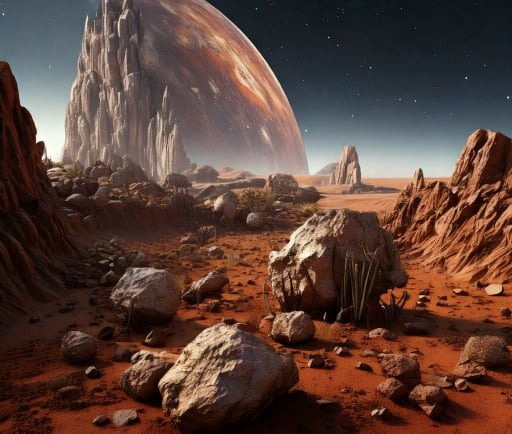The Quartz Pyroxenites and Periclase Dunites: The Newly Discovered Exoplanet Rocks


Introduction to Exoplanetary Geology
In recent years, advancements in astronomical technology have revealed a plethora of exoplanets, igniting curiosity about their potential composition. Among the intriguing findings are unique rocks such as quartz pyroxenites and periclase dunites. These rocks may offer insight into the geological processes that occur beyond our solar system and the potential for diverse mineral compositions, including quartz, pyroxene, periclase, and olivine.
Characteristics of Quartz Pyroxenites
Quartz pyroxenites are primarily composed of quartz and pyroxene, two minerals that play significant roles in terrestrial geology. Quartz is known for its hardness and stability, while pyroxene contributes to the formation of the Earth's mantle. The discovery of quartz pyroxenites on exoplanets may suggest similar geological processes as those on Earth. Structurally, these rocks may exhibit a fine-grained texture, indicative of rapid cooling, which is often associated with volcanic activities.
The Significance of Periclase Dunites
Periclase dunites, on the other hand, are rich in periclase, a magnesium oxide mineral that is uncommon on Earth but could be plentiful on certain exoplanets. The presence of olivine in these rocks is noteworthy, as it signifies high-temperature conditions during rock formation. The study of periclase dunites could provide crucial information regarding the thermal history of the exoplanets they originate from. Understanding the formation and composition of these rocks could also aid in assessing the planets' potential for harboring primitive life forms or geological activity.
Implications for Future Research
The exploration of quartz pyroxenites and periclase dunites opens new avenues in planetary science. By analyzing these exotic rocks, researchers can glean insights into the atmospheric conditions, surface processes, and possible habitability of exoplanets. Furthermore, studying their mineral composition can enhance our understanding of planetary formation and evolution across the universe.
As telescopic technology advances, the ongoing search for these types of rocks will likely continue, fostering speculative discussions about extraterrestrial geology and the potential for discovering life beyond our own planet.
